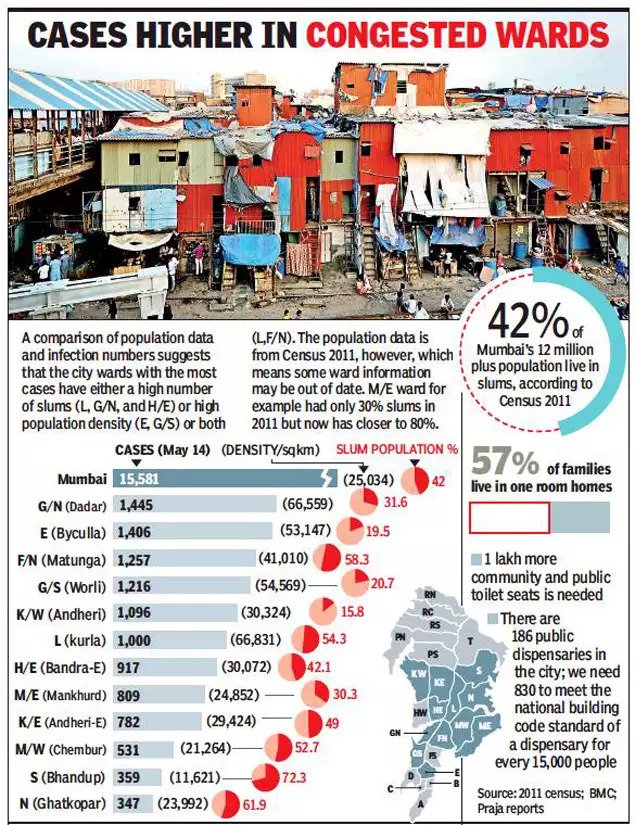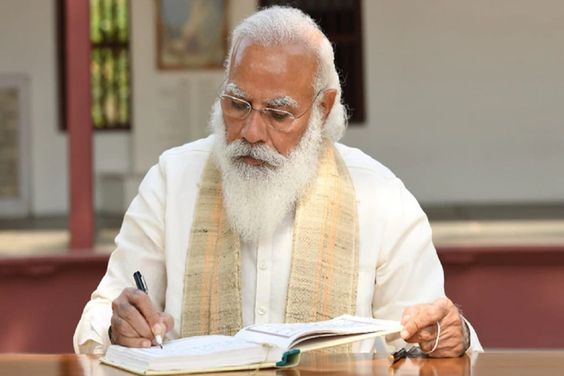Ladakh, the high-altitude Himalayan region bordering China, witnessed its deadliest protests in history on Wednesday as Gen-Z-led demonstrators clashed with security forces, resulting in at least four deaths and dozens of injuries.
The unrest erupted near the Bharatiya Janata Party (BJP) office in Leh, the regional capital, as protesters torched government vehicles and raised slogans demanding statehood and constitutional protections for Ladakh.
Background: Peaceful Protests Escalate
For the past six years, local civic groups and youth activists have organized peaceful marches and hunger strikes demanding greater autonomy and governance rights.
However, frustration among younger residents escalated after delays in government talks and the hospitalization of senior hunger strikers. This led groups of students and youth to break from traditional protests, clashing violently with the police and security forces.
“It was an outburst of youth, a Gen-Z revolution that brought them to the streets,” said Sonam Wangchuk, an educator leading multiple hunger strikes.
Causes of the Crisis
-
In 2019, the Indian government revoked Ladakh’s semi-autonomous status and separated it from Jammu and Kashmir.
-
Unlike Jammu and Kashmir, Ladakh lacks a local legislature, leaving residents under bureaucratic rule.
-
High unemployment, especially among youth and graduates, has fueled social unrest. Over 26% of graduates remain unemployed, despite a 97% literacy rate.
-
Demands include statehood, constitutional safeguards, and inclusion under the Sixth Schedule, granting autonomous governance for Indigenous populations.
“The youth are frustrated because they see no future and their democratic rights have been denied,” Wangchuk said.
Government Response
India’s Home Ministry described the protesters as an “unruly mob” and stated that police resorted to firing in self-defense, leading to casualties. Authorities alleged that Wangchuk’s statements had “incited unrest,” though he insists he never advocated violence.
Historical Context
-
The Martyrs’ Memorial Park in Leh, site of the recent clashes, commemorates Ladakhis killed during protests in 1981 and 1989.
-
Past movements, including hunger strikes, were aimed at safeguarding the identity and rights of local communities.
“This is the bloodiest day in Ladakh’s history,” said Jigmat Paljor, coordinator of the apex body behind the hunger strikes.
Strategic Importance of Ladakh
-
Ladakh borders China and contains key mountain passes, airfields, and supply routes, crucial for India’s military readiness.
-
The region was central to the 2020 India-China clashes along the Line of Actual Control (LAC), resulting in the deaths of 20 Indian and four Chinese soldiers.
-
Its geopolitical position makes domestic unrest a matter of national security concern.
“The internal discontent now poses a threat alongside external tensions with China,” said Siddiq Wahid, political analyst from Leh.




















